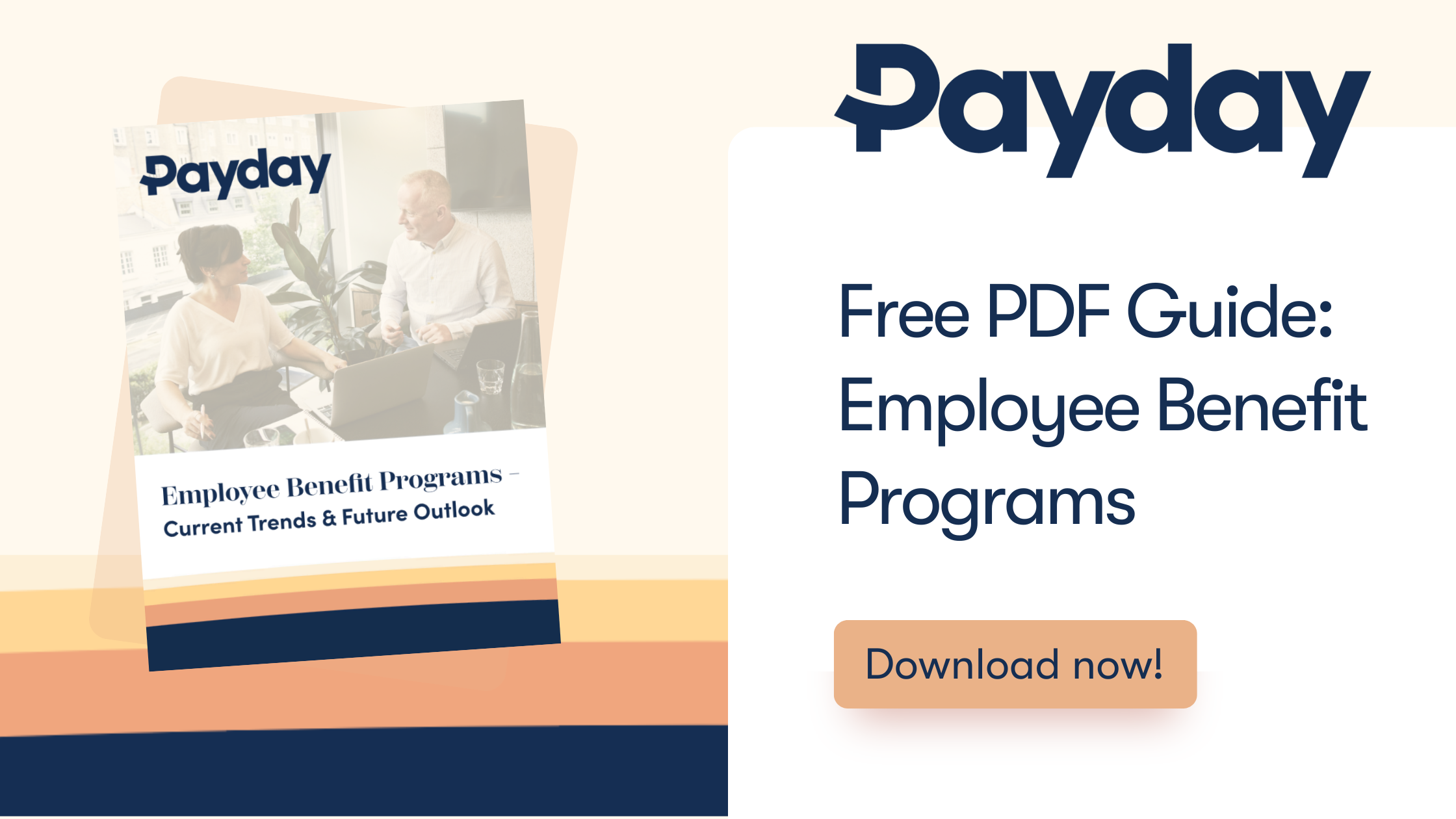A recent 2022 survey by PwC on “Global Workforce Hopes and Fears…” reveals that one in five workers intend to quit their jobs in 2022. Many respondents cited a desire for higher salaries, but a majority expressed their desire to enjoy more meaning and fulfillment in their work lives.
60-70% of respondents (over 52,000 total) listed the following as the top factors in their job satisfaction and willingness to consider a workplace change:
- “I find my job fulfilling.”
- “I can truly be myself.”
- “My team cares about my wellbeing.”
Likewise, 54% cited a desire to work remotely, at least part-time or in a hybrid-at-will model.
With Department of Labor figures showing that 4.5 million workers left their jobs in November 2021 alone, and over 47 million left across the course of 2021, employers now have access to unmistakable data that should inspire adaptation and creativity to incentivize existing employees to remain with their organization. They should also be working to compel potential new hires to enjoy benefits, perks, and a supportive company culture that is unique to the industry they inhabit.
Below, we’ll survey some of the traditional, time-tested benefits that are still effective incentives in 2022, but we’ll also explore new and innovative approaches that are distinguishing companies within their industries and attracting or retaining top talent.
Benefits – Upgrading “The Classics”
Although many employers offer some configuration of health care, retirement, and paid leave to their full-time staff, a number of businesses are now upgrading their traditional benefits to reward and retain existing employees or to create increased appeal for job prospects.
With regard to health care, some companies are now offering a reduction of 10-15% in health care premiums and/or health care advocacy services. As for retirement and 401(k) arrangements, some businesses have implemented a monthly, firm-funded contribution to 401(k)s amounting to 6-8% of W-2 pay regardless of employee contribution.
New benefits related to paid leave are even more pronounced. In addition to benefits like 12 weeks of paid parental leave for new parents, a variety of businesses are offering additional paid caregiver leave, caregiver concierge programs, 20 days of paid leave for pregnancy loss, 20 days of bereavement leave for the loss of an immediate relative, and five days for the loss of a non-immediate relative.
Innovative Perks, Optional Benefits, and Work Flexibility
In an effort to improve employee retention, more companies are offering unpaid sabbaticals to employees who have worked with their organization for a designated period of time. In some cases, sabbaticals can span upwards of six or eight weeks for employees with at least 10 or 15 years at the company. For employers working within a hybrid-at-will work model, bear in mind that incentives like free food, snacks, and beverages are among the most popular workplace/on-site perks among employees, accounting for a sizable 11% boost in “extreme” job satisfaction.
Remote/hybrid work and flexible scheduling rank within the top five of preferred perks among employees seeking new employment. Those who adopt a fully remote or hybrid work model should bear in mind that many companies offer “accompanying” perks like home gym/home exercise stipends, gym membership stipends, and other forms of wellness programming, a subject we explore in greater depth in our recent article on the “15 Common Employee Perks and Benefits…”
Paid time off (PTO) is another evolving category of employee benefits/perks. Currently, only about 9% of employers offer unlimited PTO, but a recent survey sponsored by Fortune reveals that nearly 50% of employees would forfeit higher pay for a job that included unlimited PTO.
In sum, when employees are considering positions with comparable salary offers, benefits can mean the difference between a hire and a missed opportunity to successfully recruit a talented new employee.
Although offering a competitive salary should remain a central concern, benefits and perks packages serve as a valuable tool to a) distinguish your company within your industry and b) showcase a strong company culture that supports work-life balance and employee wellbeing.
Remember too, that points of focus may be different for different employees and employee types. For instance, long-standing employees may be more acutely concerned about retirement, PTO, and sabbaticals than potential new hires who may be focused on salary, work-life balance, and flexible scheduling. If you need help thoughtfully weighing the pros and cons of benefits and perks to implementing a cost-effective strategy, please visit our recent article on “How to Build a Cost-Effective Employee Benefits Program.”
How Payday Can Help You Formulate a Benefits and Perks Plan
With so many companies adopting new benefits and perks strategies across industries, it’s an overwhelming process to conduct competitor analysis, invite feedback from employees, select cost-effective benefits/perks, and then apply that strategy smoothly and effectively.
We’re here to work closely with you to formulate a benefits and perks solution that fits your organization’s needs and stated values. In the process, we ensure that your benefits strategy aligns with your budget and integrates seamlessly with your other Payday services, helping you attract and keep top talent at your company. Contact us today to start our collaboration.


